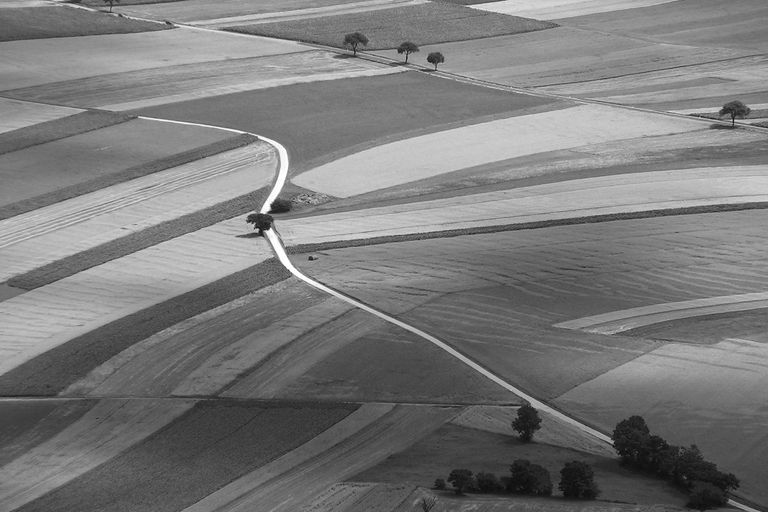Ten principles for a landscape approach to reconciling agriculture, conservation, and other competing land uses
Article on landscape approaches

“Landscape approaches” seek to provide tools and concepts for allocating and managing land to achieve social, economic, and environmental objectives in areas where agriculture, mining, and other productive land uses compete with environmental and biodiversity goals. Here we synthesize the current consensus on landscape approaches.This is based on published literature and a consensus-building process to define good
practice and is validated by a survey of practitioners.We find the landscape approach has been refined in response to increasing societal concerns about environment and development tradeoffs. Notably, there has been a shift from conservation-orientated perspectives toward increasing integration of poverty alleviation goals. We provide 10 summary principles to support implementation of a landscape approach as it is currently interpreted.These principles emphasize adaptive management, stakeholder involvement, and multiple objectives.Various constraints are recognized, with institutional and governance concerns identified as the most severe obstacles to implementation. We discuss how these principles differ from more traditional sectoral and project-based approaches. Although no panacea, we see few alternatives that are likely to address landscape challenges more effectively than an approach circumscribed by the principles outlined here.

